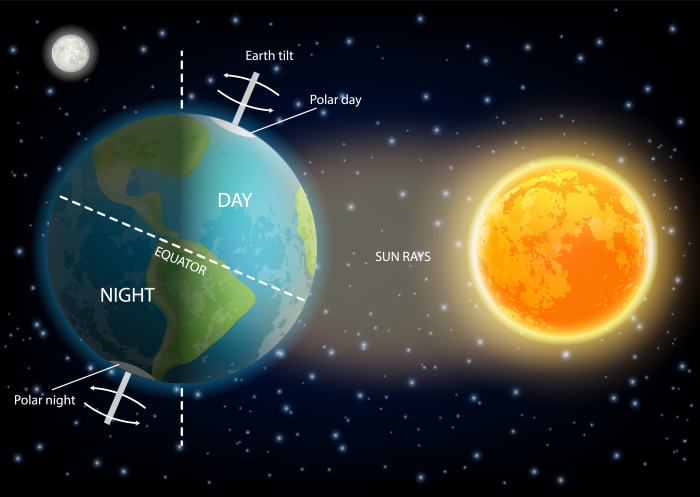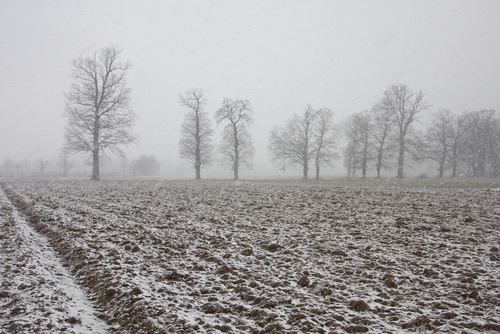Have you ever wondered why it's sunny in the summer?
Or why it gets dark so early in the winter?
Sophia and Simon the Scientists can explain why!
 |
 |
| Sophia | Simon |
"Let's imagine Earth is a giant spinning ball, like a tilted merry-go-round. As it spins, the part facing the Sun is daytime, and the part facing away is nighttime. That's why we have day and night!"

But Earth also travels around the Sun, kind of like going around a big circle. The scientific word for this is 'orbits'.
Now, here's the cool part: Earth isn't perfectly straight up and down, it's tilted a bit - like your head when you're curious.

So, depending on which way Earth is tilted in its circle around the Sun, different parts get more sunlight. Have a look at this picture.

In the summer, where you live gets tilted more towards the Sun. That means the Sun shines for a longer part of the day, making our days longer and nights shorter.
There is more daylight and longer days in summer, with the longest day in June - it is called the Summer Solstice.

In the winter, Earth tilts more away from the Sun, so the sunlight hits for a shorter amount of time. That's why our days get shorter and nights longer in the winter.
There is less daylight and shorter days in winter, with the shortest day in December.

Don't forget: the number of hours in a day stays the same - there are 24. But the hours of daylight is higher in the summer, as the Earth is tilted towards the Sun.
The hours of daylight are lower in winter when it is tilted away from the Sun.
It's like the Sun is playing peek-a-boo with different parts of Earth throughout the year, thanks to Earth's tilt!
In this activity, we are going to use these facts to help us learn more about the daylight hours!
Let's go!









